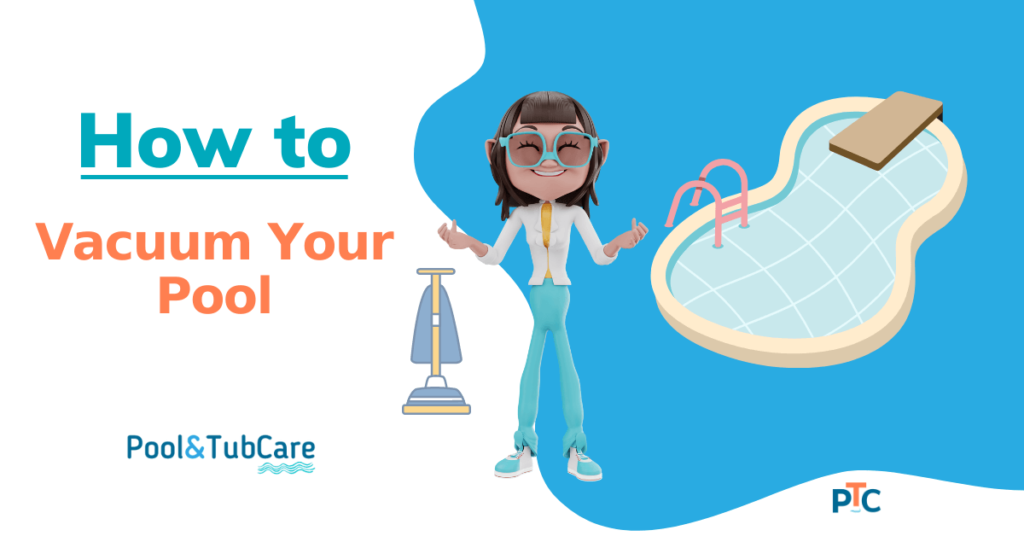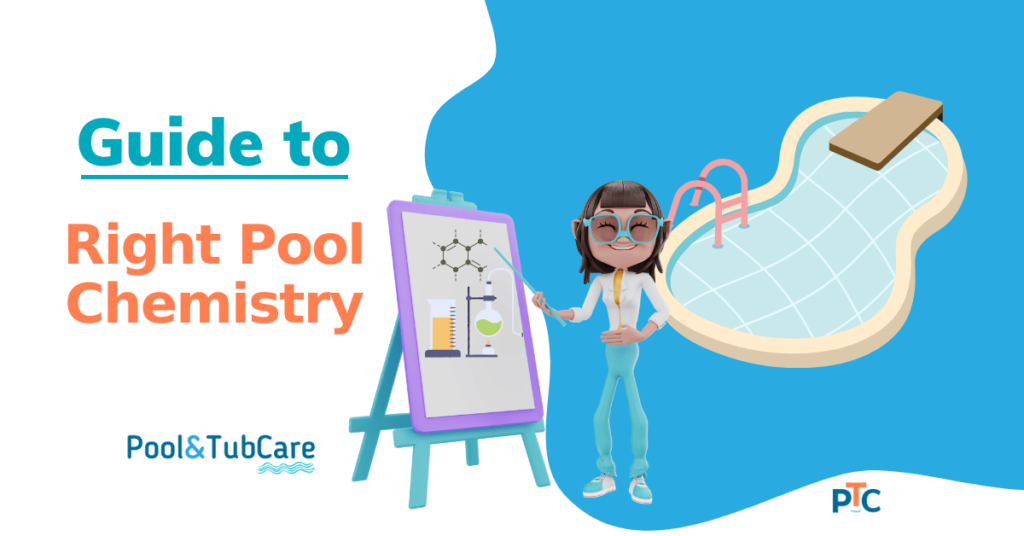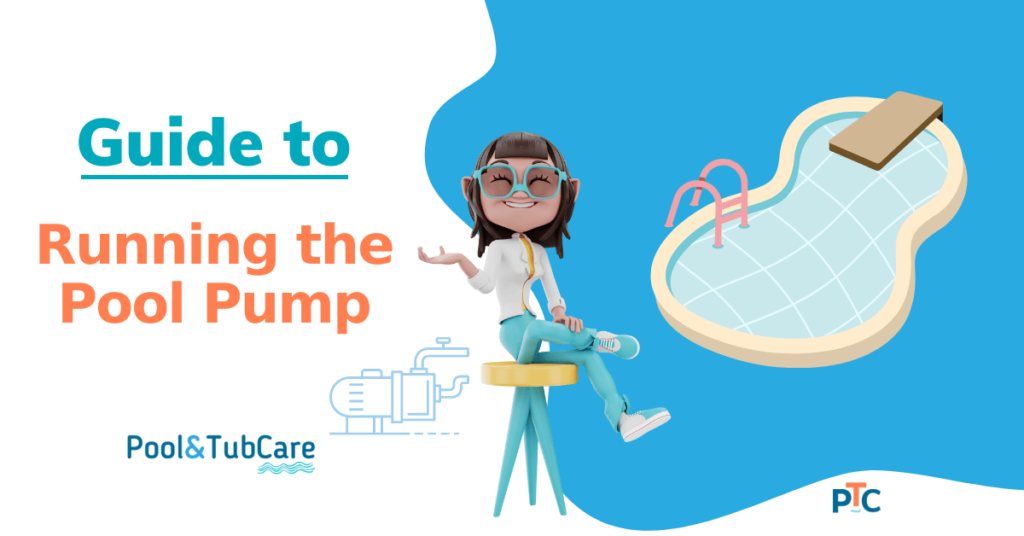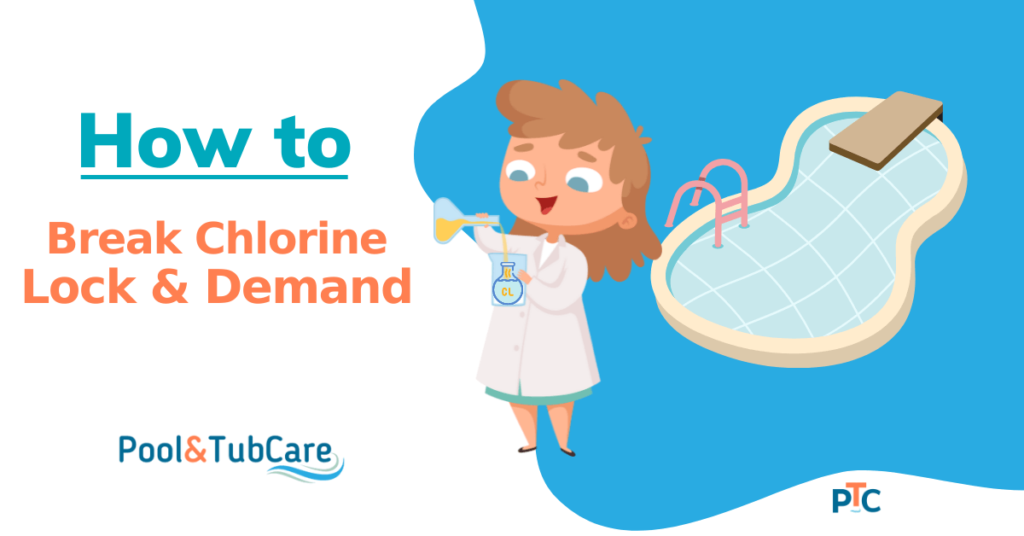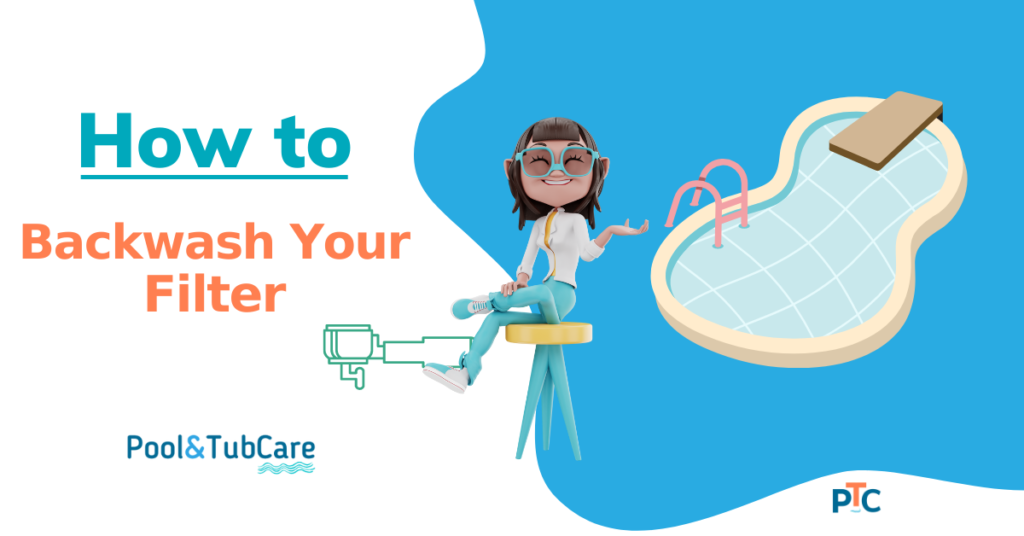A pool is a great addition to any house, and maintaining it is an essential aspect of ownership. Many people believe vacuuming a pool is tough and time-consuming, but it can be a simple task if you have the proper equipment.
Though automatic vacuums are the most convenient way to keep your pool clean, there are occasions when the old-fashioned method is required.
Whether your automatic vacuum is broken or you have a particularly persistent mess, knowing how to vacuum a pool by hand might come in handy someday.
Luckily, it’s not as complicated as you anticipate. Your pool will appear brand new in no time with the proper equipment and some knowledge.
In this article, we’ll explain how to vacuum a pool quickly and efficiently so you can enjoy your backyard oasis all summer long.
Things you Need to Vacuum Your Pool
You’ll need to get a few supplies before you start. To vacuum your pool, you’ll need the following things:
- An appropriate vacuum head for your pool type
- Telescoping pole
- A long hose
- Skimmer basket
- A leaf net (optional)
Follow these Steps to Vacuum Your Pool with Manual Vacuum
Make sure the pool pump and filtration are turned on before you begin. Ensure that you have a good starting pressure.
Backwash your D.E. or sand filter if the pressure is high. If you have a cartridge filter, ensure the cartridges are clean and ready to use.
Note: If you have a multiport valve or a push/pull valve and are dealing with algae or dirty water, alter the filter valve settings to waste. This bypasses your filter and sends dirty water out of the waste port.
Simply remove the drain plug and connect a backwash line if you have a cartridge filter. While vacuuming, the water level in your pool will drop. While vacuuming, use a garden hose to add fresh water.
1. Clean Pool with Brush and Collect as Much Waste as Possible
It is important to remove any debris and any dirt that may be present on the pool’s sides. To ensure that any debris falls to the bottom, it is a good idea to stroll around the pool and brush the edges.
You should leave the pool for an hour or so after brushing and cleaning the net to enable any fine dirt to settle. If you don’t let it settle, the vacuum will not take up things floating in the water.
Remove as much heavy waste from the pool’s bottom as possible with a pool net. Remove any leaves, tiny pebbles, or other debris that might clog the filter baskets. Small pieces of trash can be left for the vacuum to retrieve.
Related: Different options to remove leaves from the pool!
2. Connect the Vacuum Head to the Pole
Make sure that the pump and filter are working before you start vacuuming.
Connect the vacuum head to the open end of the telescopic pole. After that, connect the head of the vacuum to one end of the hose.
If the hose is loose, secure it with a hose clamp.
3. Fill the Skimmer Basket with Water to Weigh it Down and Prevent it From Floating
The skimmer basket must be placed at the end of the pole, enabling it to sink and prevent it from floating away. Fill the basket with water until it is so full that it sinks.
4. Remove Air by Filling the Vacuum Hose with Water
Fill the vacuum hose with water by immersing the end of it. Connect the other end of hose to a pool return jet, and water will start flow through the hose, releasing all the air.
This will aid in removing any air from the system and ensure that the vacuum is functioning correctly.
5. Join Vacuum Hose to Pool Skimmer
Connect the skim vac plate to the hose end, close the opening with your hand, and move it over to the skimmer. Insert it into the skimmer on top of the basket and make a good seal, or else the suction will be lost.
Remove the skimmer basket if you’re not using a vacuum plate. Put your hand there to stop the water-filled hose’s end. The hose should then be firmly inserted into the suction hole at the bottom of the skimmer before being placed into the skimmer inlet.
6. Move Multiport Valve to Filter Setting
Push down on the handle to switch it to the filter setting if it is not there already.
That’s all about setting up the equipment! You can vacuum your pool like an expert in just a few easy steps.
7. Switch on the Pump
Restart the pool pump at the electrical box. Before you begin vacuuming, ensure that any air in the system has been removed and that water is pumped through it.
Perhaps you should apply more suction. You may do this by rotating the suction side valves to remove the bottom drain and any other skimmers. Remember to return them to their original positions after you’re done.
8. Start Vacuuming
If you have multiple skimmers and cannot turn each one off separately, plug the hole leading to the pump with a tennis ball. The suction will keep it in place.
You are now all set to start vacuuming your pool. Make sure the vacuum head is always in contact with the pool bottom as you slowly sweep it across the water’s surface.
Sweep thoroughly and steadily to clean. To ensure that no debris is missed, make sure your strokes overlap slightly. Rushing will just lead to the accumulation of additional trash, which will take hours to settle.
You might have to stop a few times to empty the skimmer basket throughout the procedure. When finished, disconnect the hoses and turn off the pump.
Tip: Give the water a few hours to settle if it turns hazy before vacuuming it once again.
9. Turn off Vacuum and Backwash Filter after Removing Hose
Restart the pump for a few minutes after setting the multiport valve to backwash. The dirt and debris should be visible in the glass as it is released.
Switch off the pump and remove the multiport valve setting after the water is fully clean. Let the pump run for about 30 sec in rinse mode before pumping again. After that, Put the multiport valve back into filter mode.
10. Empty the Pump Strainer Basket
The strainer basket cover should be transparent enough for you to see through. If leaves or other debris are in the basket, remove it, empty it, and reinstall it before restoring the cover.
After each use, giving your vacuum head, hose, and other equipment a thorough cleaning with fresh water is a good idea. This process will help to remove any chlorine or other chemicals that can harm the materials.
11. Test Water Chemistry Before Using Pool
If you vacuumed your pool using the “Waste” option, switch the valve back to “Filter” and continue adding fresh water until the water level is restored.
Use a reliable test kit to ensure that your pool water’s pH and chlorine levels are within the desired range. Also, check the alkalinity level and make any necessary adjustments to restore pool water chemistry.
When You Need to Vacuum Your Pool
To keep your pool clean, it is recommended to vacuum your pool once a month. Though in case of high use and lot of debri in your pool, you may need to vacuum it more often.
You may also need to vacuum your pool after heavy rain as it can bring many unwanted things like leaves and dirt into pool.
You should vacuum your pool whenever you spot dirt or debris on the floor or walls. If you put off vacuuming for too long, the debris might become more difficult to remove and may eventually harm the pool liner or other surfaces.
Vacuuming Your Pool is Sometimes a Necessary Task
Pool vacuuming is an essential part of pool maintenance. It isn’t a challenging process, but it does take time and effort. However, the result is undoubtedly worth the effort. A clean pool is a safe pool, and everyone who uses it will have a better experience.
Following these simple steps, you can vacuum your pool like a pro.
FAQs
Here are a few frequently asked questions.
How often should I vacuum my pool?
To maintain your pool clean, vacuum it once a month as a general guide. However, if the pool is often used or there is a lot of debris in the water, you may need to vacuum it more regularly.
What type of vacuum should I use to vacuum my pool?
There are two types of vacuums available to vacuum a pool: manual and automatic. A manual vacuum is the most basic model and must be operated by hand. A robotic vacuum cleaner is more expensive and much easier to use, and it will also clean the pool more efficiently.
How do I vacuum my pool with an automatic vacuum?
An automatic vacuum cleaner is easy to use. Simply connect the suction head to the hose and immerse it in water, and turn on the pump and the vacuum will do the rest.
What should I do if the water becomes cloudy after vacuuming?
If the water turns cloudy after vacuuming, this might be due to dirt and debris accumulating in the filter. Let the dirt settle for a few hours and come back. Backwash the filter to clean it, then continue to vacuum the pool.
My pool is still dirty after I vacuum it. What should I do?
If your pool is still dirty after vacuuming, there might be a problem with the suction head or hose. Check that the head is clean and that the hose has no holes. If the problem persists, get assistance from a pool professional.
Can I use my garden hose to vacuum my pool?
No, you should not vacuum your pool with your garden hose. The hose’s water pressure might damage the pool’s surfaces. Use a pool vacuum hose that is specifically designed for this purpose.
Do I need to add chemicals to my pool after vacuuming?
After vacuuming, test the water chemistry to ensure the levels are balanced. If the levels are not right, add the required chemicals to the pool as per this guide.
What is the best way to prevent debris from getting into my pool?
Installing a cover is the best way to prevent debris from entering your pool. A cover will keep leaves and other debris out of the pool and make vacuuming easier.
Do you vacuum a pool on backwash or waste?
Your pool should be vacuumed in the waste setting. This allows debris to be discharged from the vacuum without returning to the pool.

